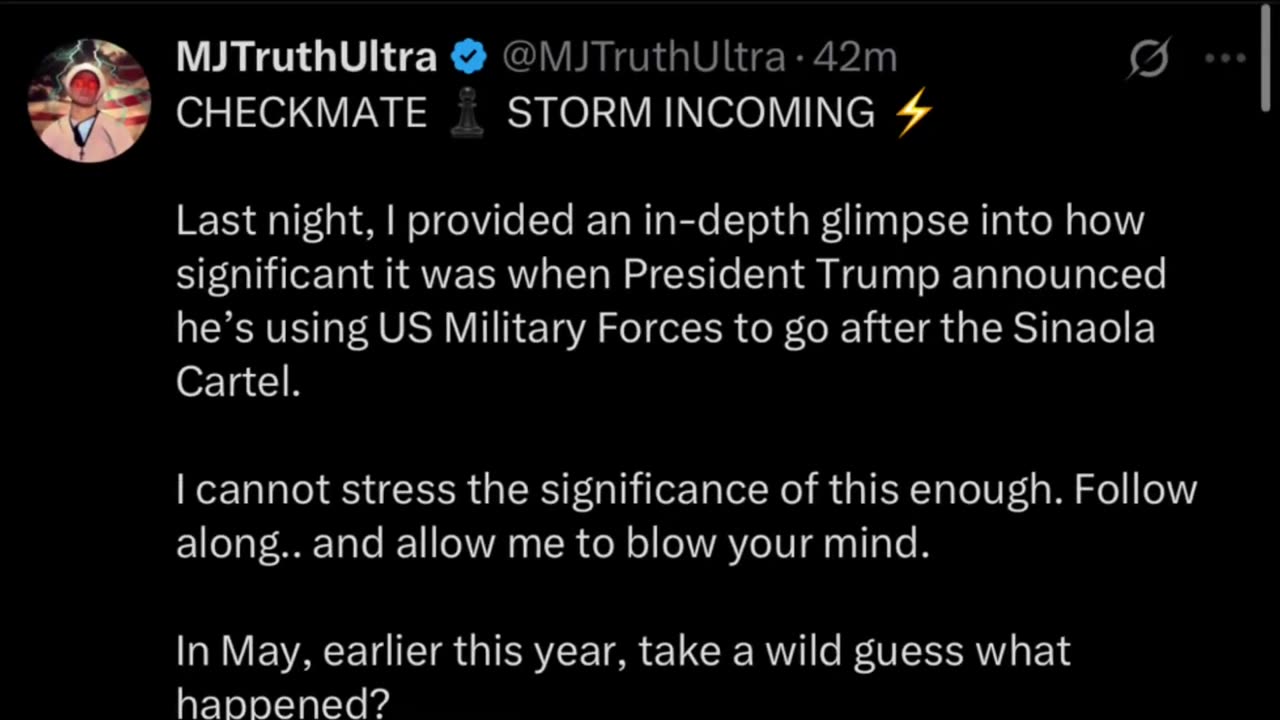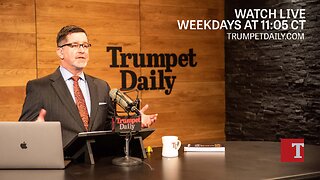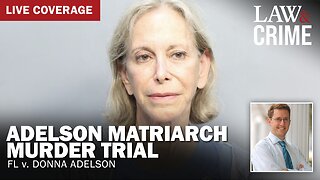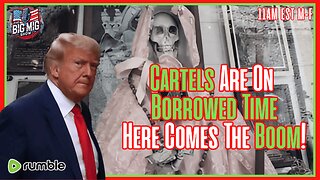Premium Only Content

The Fed’s creation at Jekyll Island
In the chill of November 1910, a private railcar slipped quietly out of Hoboken Station, its blinds drawn to keep curious eyes away. Onboard were some of the most powerful men in American finance—bankers, senators, and advisors. They had been instructed to travel in secrecy, even using first names only, so that no one would suspect their destination or their purpose. The country was still reeling from the Panic of 1907, and whispers of reform were everywhere. What these men carried with them was not just luggage, but the blueprint for a new banking order.
After a long journey south, the train arrived at a remote barrier island off the coast of Georgia—Jekyll Island. Once a retreat for wealthy industrialists, the Jekyll Island Club now served as the perfect cover for a clandestine meeting. Behind the grand doors of the clubhouse, beneath chandeliers that had once lit the parties of America’s richest families, the men gathered to solve a problem that had haunted the nation for decades: the instability of its money and the constant threat of bank failures.
Senator Nelson Aldrich, head of the National Monetary Commission, led the discussions. Around him sat influential figures from Wall Street—men connected to J.P. Morgan, the First National Bank of New York, and Kuhn, Loeb & Co. By day, they debated fiercely over structure and power; by night, they drafted outlines and argued details by lamplight. Their mission was clear: design a central banking system that could steady the nation’s financial heartbeat.
The result of their week-long seclusion was a draft—the Aldrich Plan. It proposed a central institution that would issue currency, act as a lender of last resort, and safeguard against future panics. Though the plan itself would not pass Congress, its spirit lived on. After revisions and years of debate, it evolved into the Federal Reserve Act, signed into law by President Woodrow Wilson on December 23, 1913.
Thus, in near-total secrecy on a windswept Georgia island, the seeds of the Federal Reserve were planted—an institution born not in the open halls of democracy, but in whispers and shadows, shaped by a handful of men determined to rewrite the nation’s financial future.
-
 LIVE
LIVE
Trumpet Daily
41 minutes agoTrumpet Daily LIVE | Sept. 4, 2025
405 watching -
 1:01:50
1:01:50
VINCE
3 hours agoEpstein Victims Have Come Forth, The Names Have Not | Episode 118 - 09/04/25
140K100 -
 2:03:44
2:03:44
Badlands Media
7 hours agoBadlands Daily: September 4, 2025
35.1K4 -
 1:40:33
1:40:33
Dear America
4 hours agoEpstein Victims Vow To EXPOSE Everyone! + Are China and Russia Planning Against Trump?!
106K54 -
 LIVE
LIVE
Law&Crime
3 hours ago $2.12 earnedLIVE: Adelson Matriarch Murder Trial — FL v. Donna Adelson — Day 9
230 watching -
 1:15:40
1:15:40
The Big Mig™
2 hours agoCartels Are On Borrowed Time, Here Comes The BOOM!
7.47K15 -
 3:18:33
3:18:33
Matt Kohrs
13 hours agoMASSIVE Market Swings Incoming! || Top Futures & Options Trading Show
31.3K2 -
 2:59:29
2:59:29
Wendy Bell Radio
7 hours agoIt's All About the Benjamins
55.6K193 -
 LIVE
LIVE
JuicyJohns
4 hours ago $3.22 earned🟢#1 REBIRTH PLAYER 10.2+ KD🟢
60 watching -
 3:18:50
3:18:50
Times Now World
6 hours agoLIVE: NATO Chief Demands 5% of GDP for War Chest! Mark’s Bold Plan for Allies at IISS Prague Defence
28.1K14